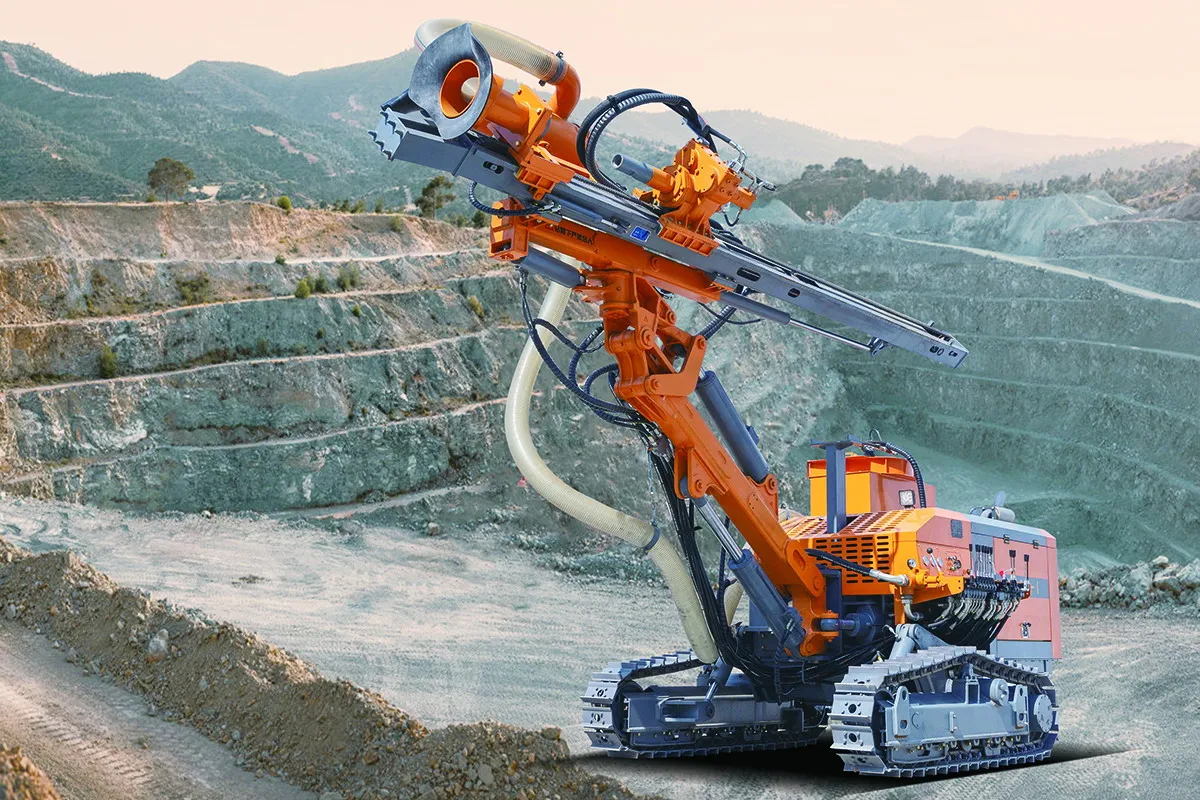- Afrikaans
- Albanian
- Amharic
- Arabic
- Armenian
- Azerbaijani
- Basque
- Bengali
- China
- China (Taiwan)
- Czech
- Danish
- Dutch
- English
- French
- German
- Greek
- Gujarati
- Haitian Creole
- hausa
- Miao
- Hungarian
- igbo
- Indonesian
- Italian
- Japanese
- Javanese
- Rwandese
- Korean
- Kyrgyz
- Lao
- Lithuanian
- Luxembourgish
- Macedonian
- Malgashi
- Malay
- Mongolian
- Myanmar
- Nepali
- Norwegian
- Persian
- Polish
- Portuguese
- Punjabi
- Russian
- Spanish
- Swahili
- Swedish
- Telugu
- Vietnamese
Dec . 03, 2024 15:51 Back to list
cálculo de la bomba de lodo
Calculating the Mud Pump An Essential Process in Drilling Operations
In the world of drilling operations, particularly in oil and gas exploration, the mud pump plays a crucial role. A mud pump is a vital piece of equipment that circulates drilling fluid (commonly referred to as mud) from the surface to the drill bit and back up to the surface. This fluid serves multiple functions it cools and lubricates the drill bit, removes cuttings from the wellbore, and maintains the necessary pressure to prevent the influx of formations fluids. Therefore, accurately calculating the performance of a mud pump is essential for efficiency and safety in drilling operations.
Understanding the Basics of Mud Pump Function
Before delving into calculations, it's key to understand how a mud pump operates. Most modern drilling rigs use either triplex or duplex pumps, which use a series of pistons to create pressure. The fluid is drawn into the pump from a storage tank and pumped down the drill string. After reaching the drill bit, the mud carries cuttings back up to the surface through the annulus (the space between the drill string and the wellbore).
Key Parameters for Calculation
1. Flow Rate The flow rate is a critical factor in determining how efficiently the mud pump operates. It is generally expressed in gallons per minute (GPM) or liters per minute (LPM). The flow rate can be calculated using the formula
\[ \text{Flow Rate} = \text{Pump Displacement} \times \text{Pump Speed} \]
Where pump displacement is the volume of fluid moved per cycle and the pump speed is the number of cycles per minute
.2. Pressure The pressure generated by the mud pump must be enough to overcome the hydrostatic pressure of the column of drilling fluid in the well and provide the necessary pressure at the drill bit. The pressure can be calculated using
\[ \text{Pressure} (psi) = \text{Fluid Density} (ppg) \times \text{Depth} (ft) \times 0.433 \]
cálculo de la bomba de lodo

Where 0.433 is a conversion factor to translate fluid density and depth into pressure in pounds per square inch (psi).
3. Horsepower (HP) The horsepower needed to drive the mud pump is determined by the flow rate and pressure. The formula for calculating pump horsepower is
\[ \text{Horsepower} = \frac{\text{Flow Rate} (GPM) \times \text{Pressure} (psi)}{1714} \]
The factor 1714 is a constant used to convert the product of flow rate and pressure into horsepower.
Importance of Accurate Calculations
Accurate calculations concerning the mud pump are vital for several reasons. First, underestimating the necessary flow rate or pressure can result in insufficient cooling and lubrication for the drill bit, leading to quicker wear or even catastrophic failure. Conversely, overestimating these values can lead to excessive costs and energy consumption.
Additionally, monitoring these parameters allows for early detection of issues such as pump wear or malfunction. Regular maintenance and adjustment based on calculated values can significantly enhance the lifespan of the equipment and improve overall operational efficiency.
Conclusion
In summary, the calculation of a mud pump’s performance—including flow rate, pressure, and horsepower—is an essential aspect of drilling operations. Understanding these metrics not only helps in selecting the right pump for the job but also ensures that drilling activities can proceed smoothly and safely. Ignoring these calculations can lead to operational inefficiencies, increased costs, and risks to the safety of the crew. Therefore, professionals in the field must prioritize accurate calculations and remain vigilant about the conditions and performance of their mud pumps to facilitate successful drilling projects.
-
Low-Cost Borehole Drilling Machine for Small-Scale Projects
NewsJul.11,2025
-
Carbide Bullet Teeth for Abrasive Formations: Powering Industrial Drilling Efficiency
NewsJul.11,2025
-
Advantages of Down-the-Hole Drill Bits in Geothermal Projects
NewsJul.11,2025
-
Hole Hammer Use in Water Well Drilling
NewsJul.11,2025
-
Benefits of a Mobile Diesel Compressor in Construction
NewsJul.11,2025
-
Benefits of Diesel Portable Screw Air Compressors
NewsJul.11,2025

















